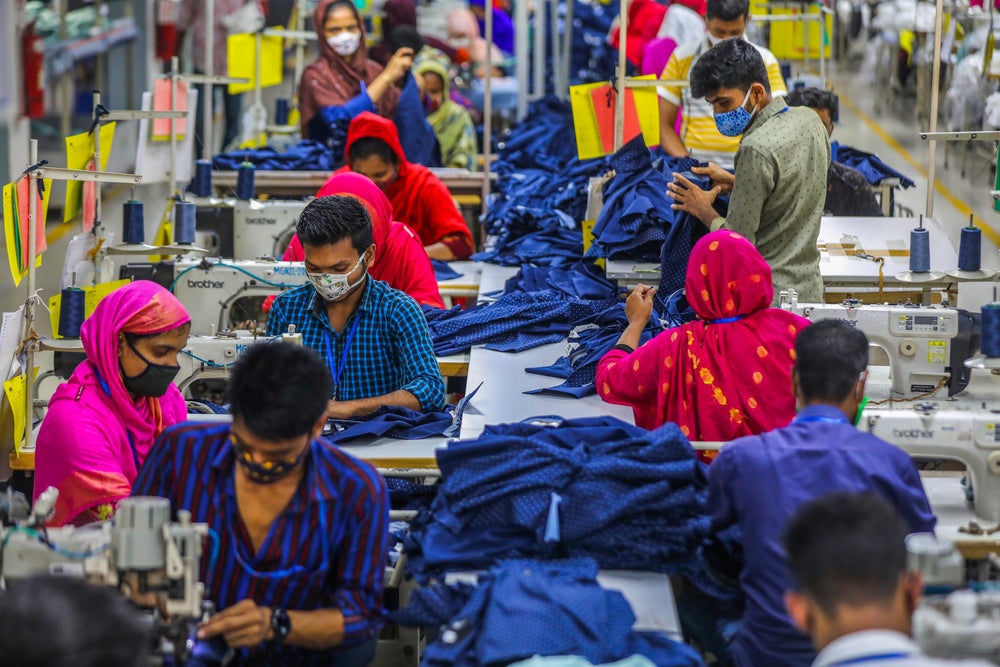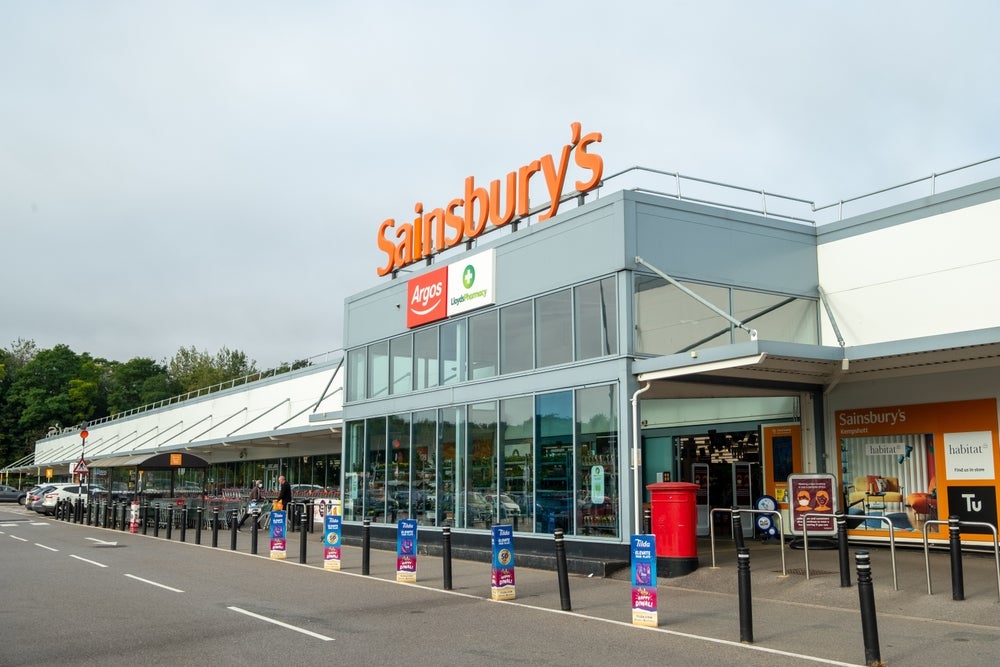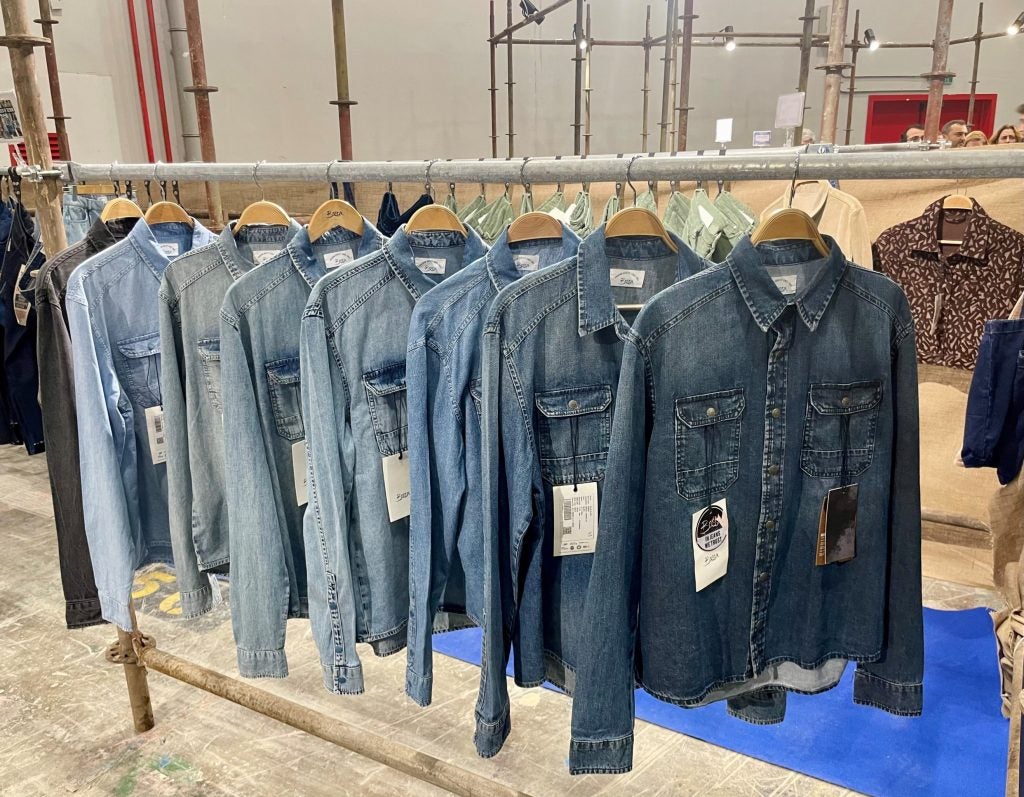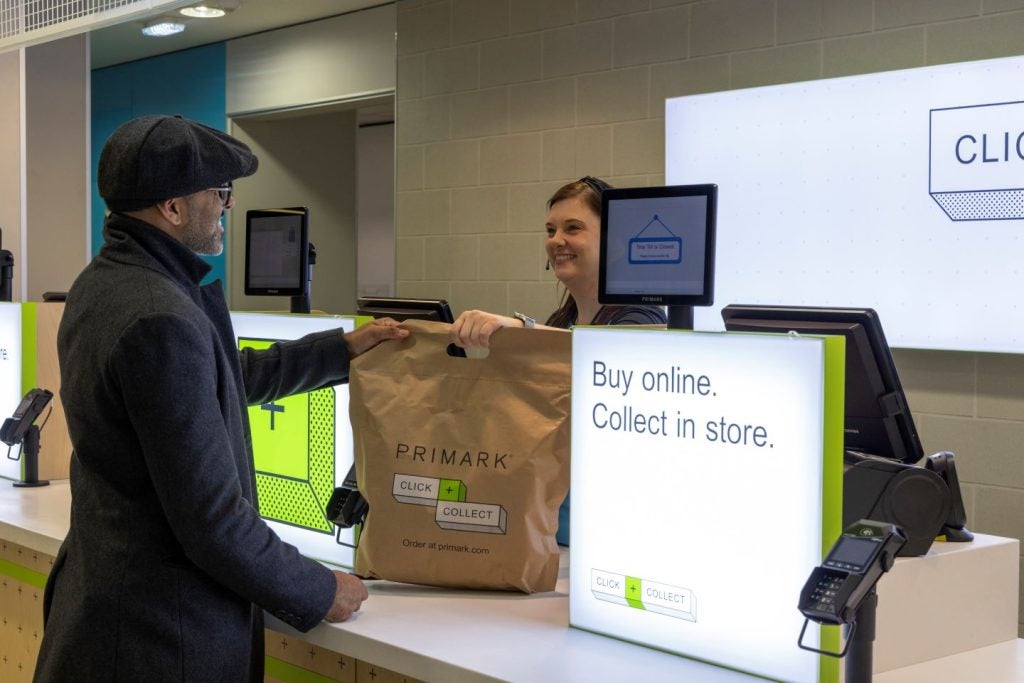
Official data released today (21 July) by the Office for National Statistics (ONS) shows UK clothing stores reported a monthly decline in sales volume of 4.7% in June 2022, down from an increase of 2.2% in May 2022 as inflation impacts consumer spending despite it being the peak of holiday travel season based-demand.
Overall retail sales volumes fell by 0.1% in June following a fall of 0.8% in May (revised from a fall of 0.5%).
Retail sales values, unadjusted for price changes, rose by 1.3% in June 2022, following a rise of 0.6% in May. When compared with the pre-Covid level in February 2020, total retail sales were 2.2% and 14.4% higher in volume and value terms, respectively.
Online spending values also fell in June 2022 by 2.7% when compared with May 2022. This is because of falls across all sub-sectors except department stores.
The proportion of online sales fell to 25.3% in June 2022, from 26.4% in May 2022. This is a continuation of a broad falling trend since its peak in February 2021 (37.4%). Despite the fall in June, the proportion of online sales remains substantially above its level of 19.7% in February 2020 (before the pandemic).
See Also:
The impact of inflation on UK clothing sales
Commenting on the June ONS retail sales data, Sachin Jangam, partner and CPG, retail and logistics industry lead at Infosys Consulting says retailers are finding themselves in a difficult situation and says there are sensitivities with raising prices too high.
How well do you really know your competitors?
Access the most comprehensive Company Profiles on the market, powered by GlobalData. Save hours of research. Gain competitive edge.

Thank you!
Your download email will arrive shortly
Not ready to buy yet? Download a free sample
We are confident about the unique quality of our Company Profiles. However, we want you to make the most beneficial decision for your business, so we offer a free sample that you can download by submitting the below form
By GlobalDataHe argues fashion retailers need to be particularly careful in the coming months given it is more vulnerable to the changing seasons, and says: “Retailers are being impacted hard by inflationary pressure, with sales continuing on a downward trajectory in June. It is clear retailers are stuck between a rock and a hard place – battling price hikes, increased transport and logistics costs, rising labour costs, while at serious risk of losing consumers and market share if they raise prices too high.”
Jangam points out fashion retailers in particular need to be even more careful with the right inventory planning, pricing, and promotion strategies as they are particularly vulnerable to risk, owing to seasonality.
He says: “Right now, it’s the peak of holiday travel season based-demand, but they need to avoid their cash being blocked in the wrong inventory later down the line.”
Jangam highlights that all retailers will be battling inflation for the next couple of years: “Margins will continue to be squeezed, and while they can’t absorb all the costs of inflation, it’s likely they’ll become more agile when it comes to changing the mix in stores and optimising costs where possible.”
Ernst & Young’s K&I retail lead Silvia Rindone explains that despite the UK’s long Jubilee bank holiday weekend at the start of June, the ONS retail sales data shows that consumers are feeling the pinch from the rising cost-of-living and are becoming more cautious about where and when they are spending.
She says: “EY’s latest Future Consumer Index (FCI) found that 37% of low and middle-income consumers are now only purchasing the essentials, compared to 26% in the last survey in February 2022, while 44% of low-income consumers are expecting their financial situation to worsen in the next 12 months.
“In stark contrast, just 15% of high-income consumers expect to be financially worse off in the next 12 months with 61% of this income bracket saying they are excited about spending money on things that will improve their lifestyle.
She points out a fall in consumer confidence is now having a clear impact on retailers’ bottom lines: “EY-Parthenon’s profit warning analysis, released earlier this week, shows that half of all profit warnings issued in H1 2022 came from consumer-facing sectors, compared to a third in H1 2021, with most citing rising costs as the reason for the warning. The research underlines the difficulties companies face when trying to pass price increases on to consumers who are reducing their spending levels, which, in turn, is creating tensions along the supply chain and leading to high levels of unsold stock.
“Online retail sales also continued their downward trajectory. This was reflected in the profit warnings analysis, with three-quarters of the FTSE retailers issuing a warning in H1 2022 coming from companies which operate exclusively or mostly online. These companies have been particularly affected by the shift in sales back to ‘bricks and mortar’ stores and have been disproportionately affected by increasing delivery costs and product returns.”
Rindone concludes: “Companies which are managing to adapt to the challenges are those developing robust plans to manage cost inflation and who have strong processes in place around cash management and inventory visibility. They also need to ensure they address consumers’ affordability concerns by selecting the right value strategy to retain cost conscious shoppers such as offering value for money or ‘own label’ options.”







